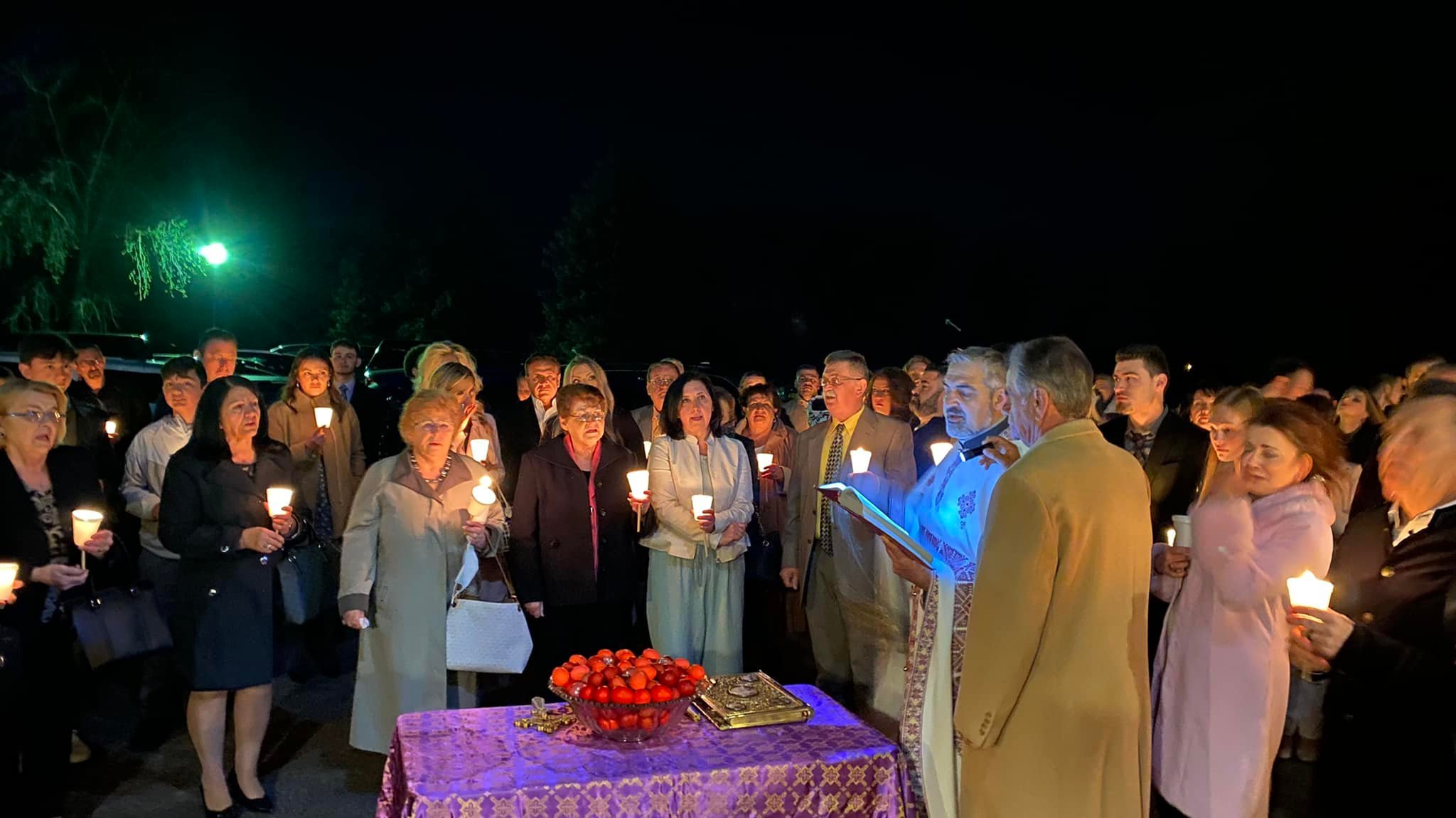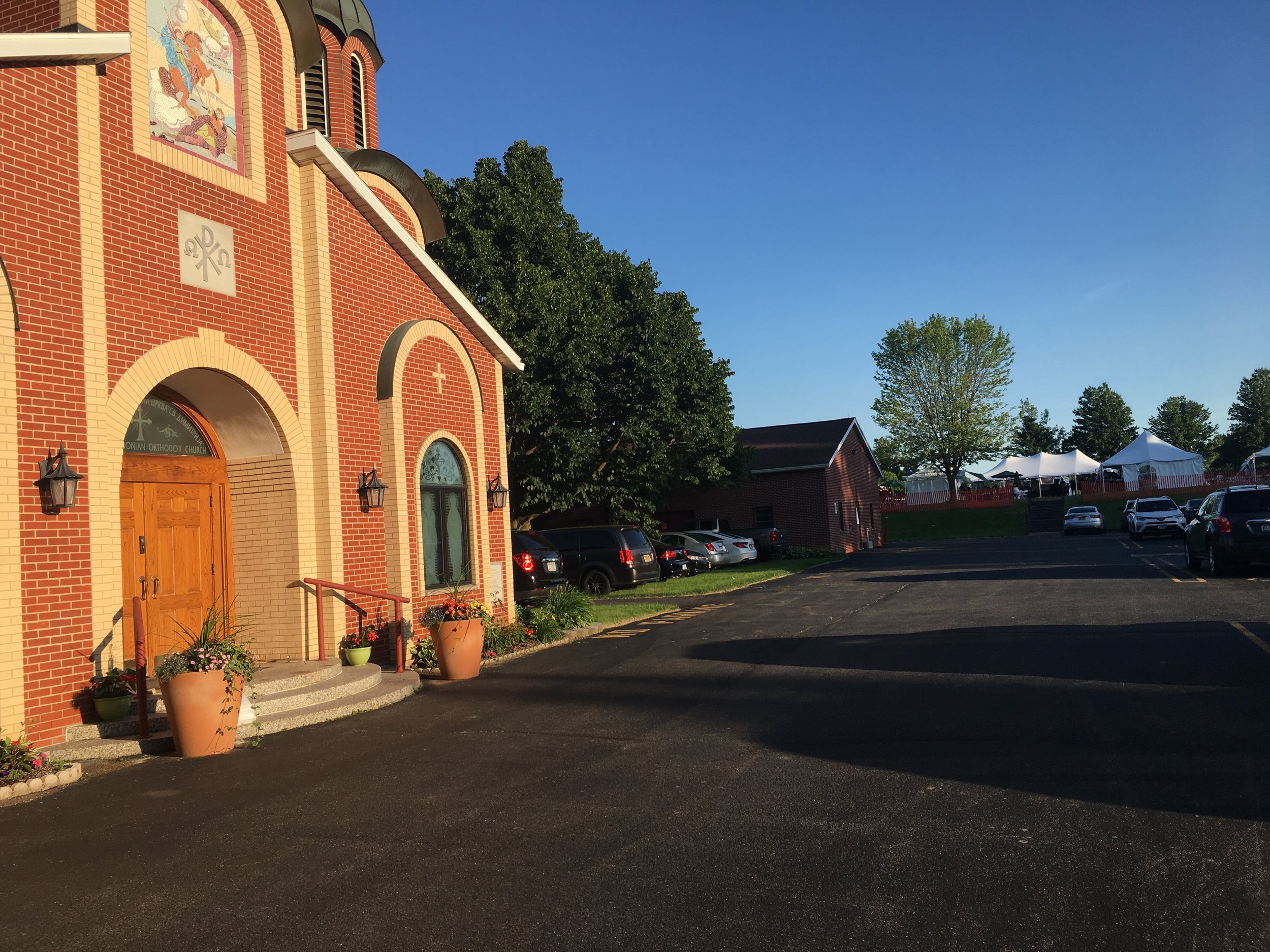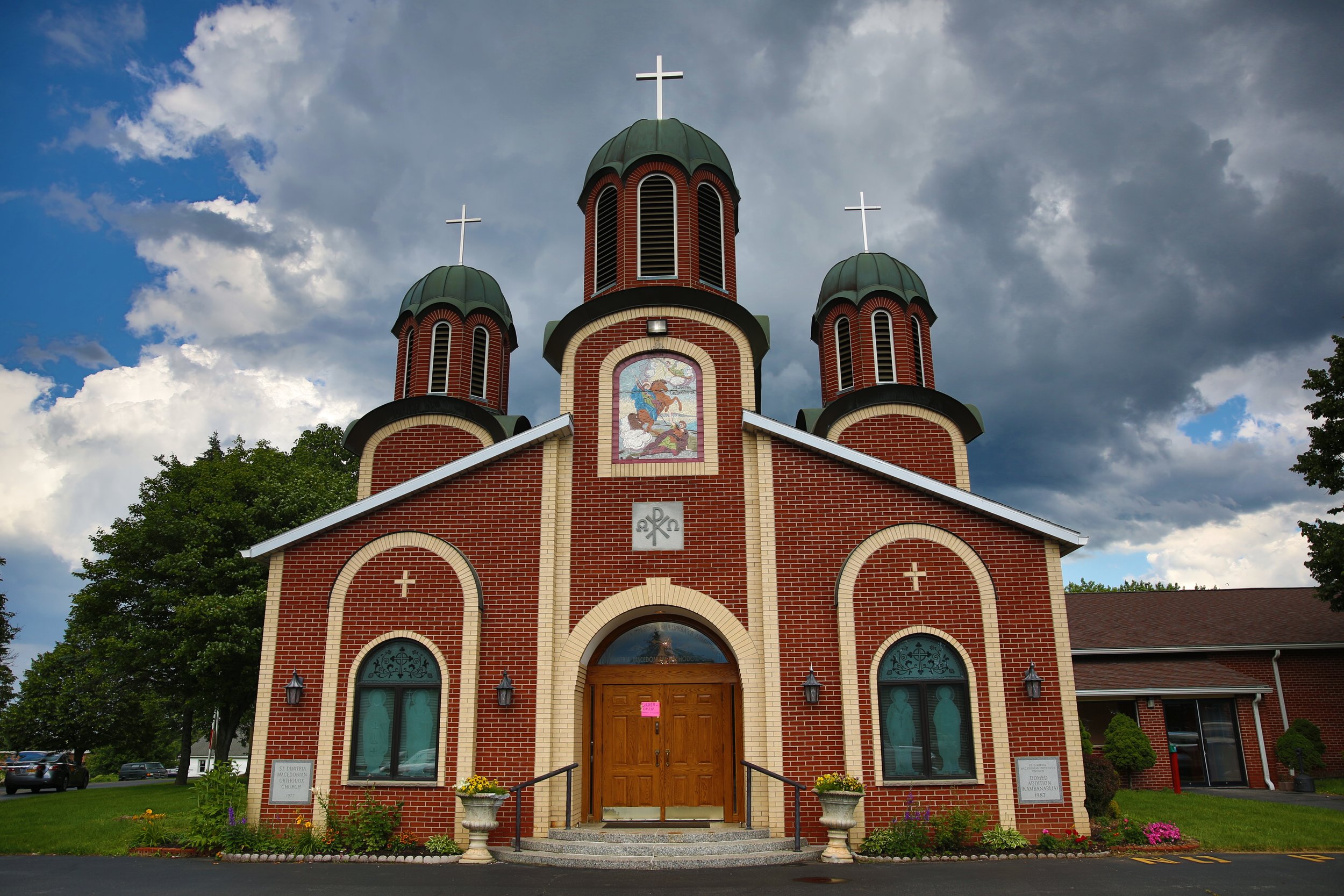St. Dimitria Macedonian Orthodox Church
Our Mission:
To be a beacon of light and hope within the local community that can show people Grace, Mercy & Love that is given to us from God through faith in Jesus Christ, Our Lord & Savior.
Our History:
Saint Dimitria Macedonian Orthodox Church is located at 235 Telephone Road, West Henrietta, NY. and is situated on a parcel of beautiful land of approximately eight acres. It has not only allowed parishioners to join in brotherhood, but to also, maintain and continue the traditions and the culture of their native country, Macedonia.
The church organization came into existence through the united efforts of the Macedonian people who live in the Rochester area. Initially, the Macedonians in the Rochester area formed the Macedonian-American Club in 1967. The club could not satisfy the Macedonian's hunger for a religious and spiritual life and they started thinking of forming a church organization. The first church committee was formed on October 24, 1969 and the church was named after our patron, Saint Dimitria. On November 30, 1969, the church was incorporated as a religious and non-profit organization, under the New York State law as the St. Dimitria Macedonian Orthodox Church.
After checking out several locations and buildings, the location at 235 Telephone Road in West Henrietta was chosen as most appropriate for the future home of the St. Dimitria's Church. The initial four acres of land were purchased in 1971 and the adjacent, additional, four acres were purchased later, and that parcel was converted into a soccer field. The money to buy the land and to build the church was donated and raised by about 50 founding families. Church activities and fundraisers have also helped to finance church improvements and additions.
The soccer club “Macedonia" was formed in 1972, and it had no home field. The club acquired it on April 26, 1987 when the church soccer field was ceremoniously opened for use. The field is also being used as the main site for the Annual Macedonian Ethnic Festival since July 1998.
Church Groundbreaking ceremonies were held on May 12, 1974. The church reception hall was completed and it was first used in November 1976 (Mitrovden). The church itself, was completed by mid-summer of 1978, and was consecrated on August 20 of 1978 by the Archbishop Kiril.
In July of 1979, the pastor’s home was built and the first priest, Rev. Risto Ristovski, arrived on February 2, 1980. When the spring of holy water was found on the church property in 1981, a small sanctuary ("Sv. Nedela") was built on that spot and it was consecrated on August 19, 1983.
Not many of the parishioners live in the Henrietta area. The majority of the congregation comes from Chili, Gates, Greece, Irondeqoit, Penfield, Pittsford, and Webster. However, the church location on Telephone Road is easily and equally accessible to all involved. Today’s congregation has grown to about 320 families.
St. Dimitria’s church is part of the Macedonian American-Canadian Diocese, which is part of the whole Macedonian Orthodox Church. Macedonian traditions are passed on in the services and religious practices. In fact, most of the services are given in the Macedonian language.
The church buildings started with a simple design that has been augmented as time and finances have allowed. In 1983, the Sunday school building was added and consecrated. Before that, the Sunday school ("St. Cyril and St. Methody") opened in 1981 and operated on the stage of the church reception hall.
In 1987, a three-domed building was added to the front of the church and it was consecrated on August 21, 1988. The largest (middle) dome serves as the bell tower. The domes’ shape, also called Byzantine towers, is the outstanding style of all Macedonian churches. The domes are covered with copper and there is a fresco mosaic on the bell tower of our patron Saint Dimitria.
Icons of saints, painted figures of apostles, hand-made iconostas, painted Altar walls and ceiling and stained and etched glass windows are just a few of the other features which adorn the church buildings.
““You are the People of God; He loved you and chose you for his own. So then, you must clothe yourselves with compassion, kindness, humility, gentleness and patience.””






